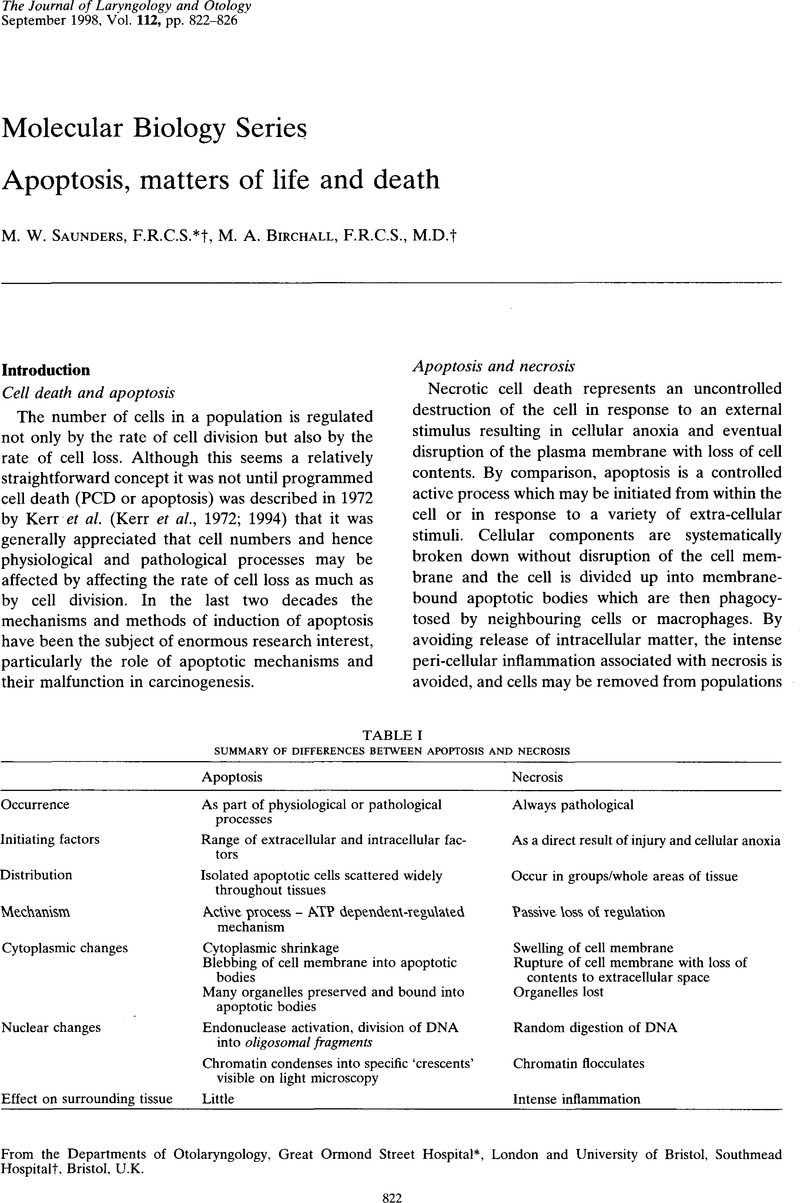Crossref Citations
This article has been cited by the following publications. This list is generated based on data provided by Crossref.
Marklund, Linda
Henriksson, Roger
and
Grankvist, Kjell
2001.
Cisplatin-induced apoptosis of mesothelioma cells is affected by potassium ion flux modulator amphotericin B and bumetanide.
International Journal of Cancer,
Vol. 93,
Issue. 4,
p.
577.
Gupta, Sanjay
and
Mukhtar, Hasan
2002.
Green tea and prostate cancer.
Urologic Clinics of North America,
Vol. 29,
Issue. 1,
p.
49.
Nikitakis, Nikolaos G
Sauk, John J
and
Papanicolaou, Stavros I
2004.
The role of apoptosis in oral disease: Mechanisms; aberrations in neoplastic, autoimmune, infectious, hematologic, and developmental diseases; and therapeutic opportunities.
Oral Surgery, Oral Medicine, Oral Pathology, Oral Radiology, and Endodontology,
Vol. 97,
Issue. 4,
p.
476.





